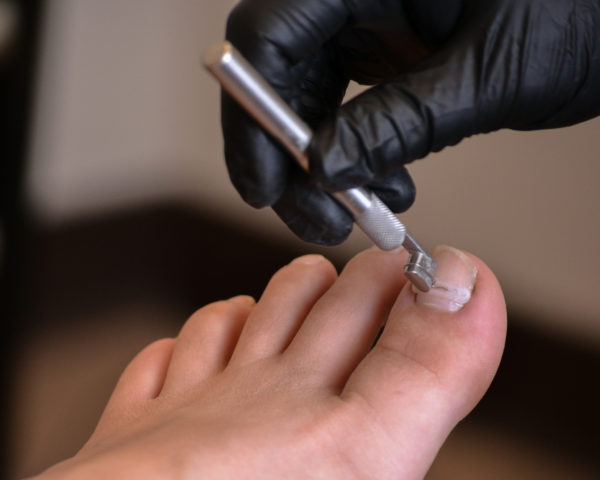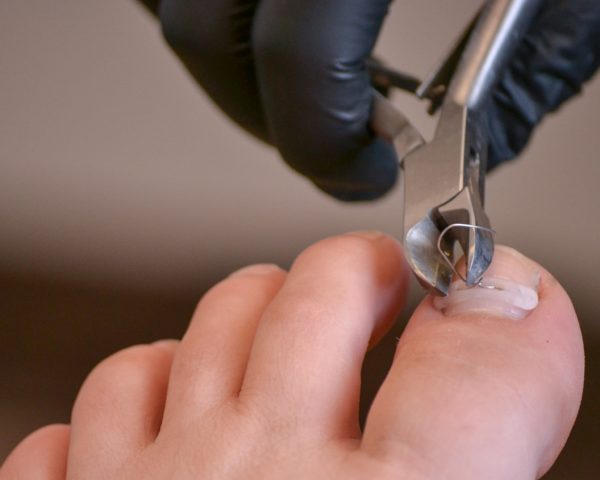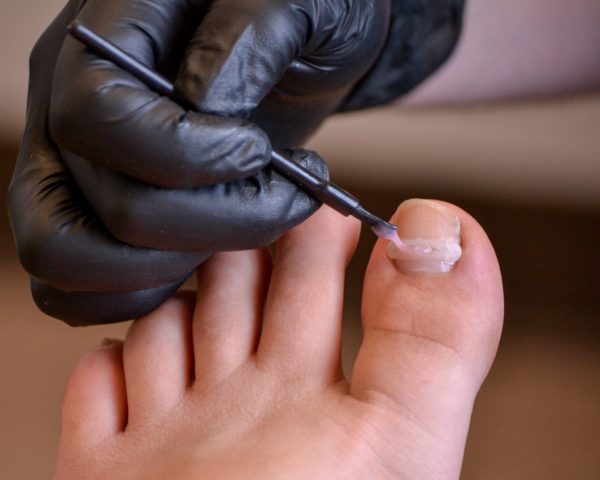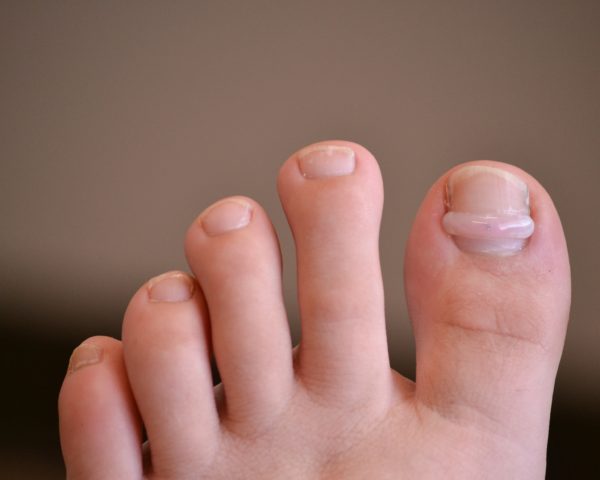COMPRESSION STOCKINGS
Compression stockings are specialized hosiery designed to help prevent the occurrence of, and guard against further progression of, venous disorders such as edema, Phlebitis and thrombosis. Compression therapy helps decrease venous pressure, prevents venous stasis and impairments of venous walls, and relieves heavy and aching legs.
Treatment is usually prescribed by a physician to relieve all manifestations of chronic venous disease and prevent venous troubles. Compression stockings are recommended under the following conditions.
- Edema
- Chronic venous insufficiency
- Varicose veins
- Deep vein thrombosis
- Lymphedema
- Phlebitis
- Pregnancy
COMPRESSION CLASSES
Compression stockings are offered in different levels of compression. Over the counter support is available in 10-15 mmHg or 15-20 mmHg.
Higher pressure stockings require prescription and a trained fitter. Higher pressure stockings range from 20-30 mmHg to 50+ mmHg.
We order our compression stockings from Valco and Simcan depending on the level of compression required.
FOOTWEAR
SHOE THERAPY
Shoes are often an essential part in treating foot and ankle complaints and are very often the cause. Not all feet are the same, and the same goes for footwear. At your visit we thoroughly evaluate your shoes and how they are relating to your symptoms, foot shape, gait, weight, lifestyle, and overall biomechanical function.
HOW WE CAN EVALUATE YOUR SHOES
Our Foot Specialist will assess your current shoe but will also ask you what you intend to do in the shoe. Things to think about are temperature, insulation or breathability, grip, non-slip, surface area, performance. Also, what will you be doing in the shoe? Example: Sports? Is so what kind: Running (roadside, treadmill, distance) and on what kind of terrain (rough, concrete).
We will review your foot mechanics and pair it with mechanical features offered in shoes to support your needs. What type of movements you are currently doing, lateral, motion, jumping, stop, start etc..
We would be happy to assess your footwear and recommend what shoes to purchase to help your feet and accommodate orthotics if you wear them.
SHOE FITTING TIPS
- Measurements should be taken while standing with a slight bend in the knee.
- Always measure both feet.
- Try shoes on with socks that you wear all the time.
- The counter around the heel should be snug.
- Do not worry about the “size” of the shoe, worry about the fit.
- The longest toe should be finger nails length from the end of the toe box.
- Do not purchase a shoe that is too tight. It will NOT stretch to fit your foot.
GAIT ANALYSIS & BIOMECHANICS
Your feet and ankles are complex load-bearing structures with many interconnected moving parts. Gait analysis is critical to determine underlying cause of most foot and lower extremity conditions. Many problems can be treated most effectively by addressing mechanical function. Biomechanical care may include orthotic devices, shoes, shoe modifications or changes, stretches, physical therapy, and other modalities.
EVALUATING HOW YOU WALK
Most foot problems occur because of improper function of the foot during gait. Analyzing how your feet and legs function when you walk can provide us crucial information when designing a proper treatment plan to help make your feet feel and function better.
Abnormal gait biomechanics can cause foot problems such as arch pain, heel pain, and bunions. Alterations in foot function can also lead to problems with your knees, hips and back.
Some items we look for when performing a gait analysis include:
- How hard do your feet hit the ground? If your feet hit the ground excessively hard the increased shock can damage tissue. If this is the case, additional cushioning under the heels or the ball of the foot may be needed.
- Are your feet functioning symmetrically? If one foot rolls in more than the other that puts abnormal strain on the pelvis and back which can lead to lower back pain among many other conditions.
- Does one leg appear to be longer than the other? Limb length discrepancies can lead to a number of lower extremity problems.
Watching you walk – gait analysis
First, we simply watch you walk. Most significant gait abnormalities can be identified with simple visual analysis. We understand how feet should function. While watching you walk we are also paying close attention to the areas of the feet that are causing you discomfort.
NAIL CONDITIONS & CALLUSES
TOE NAIL CONDITIONS
- Onychocryptosis (Ingrown Nails)
- Onychauxic (Thick Nails)
- Fungal Nails
- Involuted (nails that curl into the skin.)

WHAT REALLY CAUSES THICK AND UGLY TOENAILS? NAIL FUNGUS VS. NAIL DYSTROPHY
There are two primary causes of thick toenails. The first is nail fungus and the second is a condition called nail dystrophy. Nail dystrophy is a thickening of the nails caused by repeated micro-trauma to the nail, for example from the nail hitting the top of the shoe over many years. The most common causes of thick, yellowed and ugly nails include:
- Nail fungus
- Trauma to the nail
- Shoe pressure on the nail
- Poor circulation
- Some disease conditions (psoriatic arthritis is one illness that can cause nail changes)
CALLUSES
Calluses are the skins response to excessive pressure and for on areas of the skin that overtime take on too much pressure. Corns generally occur at pressure points, typically the bottoms of feet and the sides of toes; left untreated they can become quite painful.
HOW DO WE REDUCE CALLUSES AND CORNS?
Gentle debriding using a painless skilled sterile scalpel technique removes calluses and painful corns. Then a thorough pressure analysis or biomechanical assessment is done in order to determine the cause of the corn such that a treatment plan can be implemented to stop the pressured thickened skin from returning.
Podofix Nail Brace
Podofix nail brace is a gentle alternative for correcting malformed nails. It helps deformed nails to grow naturally. This method could help avoid surgery and discomfort is relieved quickly.
HOW THE PODOFIX NAIL BRACE WORKS:
The Podofix nail brace is shaped to the curve of the offending nail and adhered by glue to the base of the nail. Tension is then applied by tightening the wire embedded in the plastic pad of the brace. This wire will evenly distribute tension over the surface of the nail. After the brace is adhered and wire tightened the notch in the plastic is filled with gel to ensure a smooth brace. The nail brace is left intact for 6 to 10 weeks correcting the nail as it is growing out.




